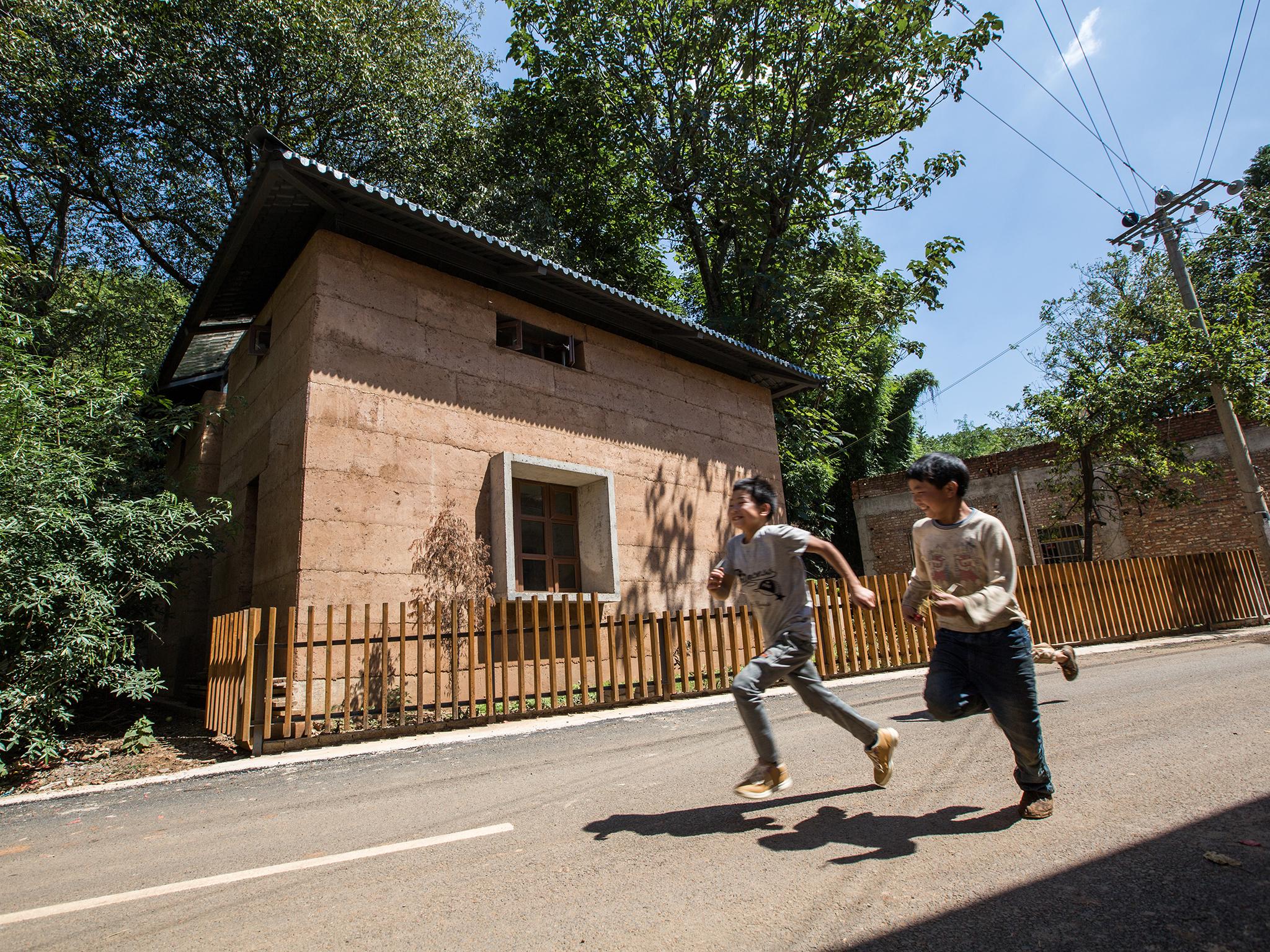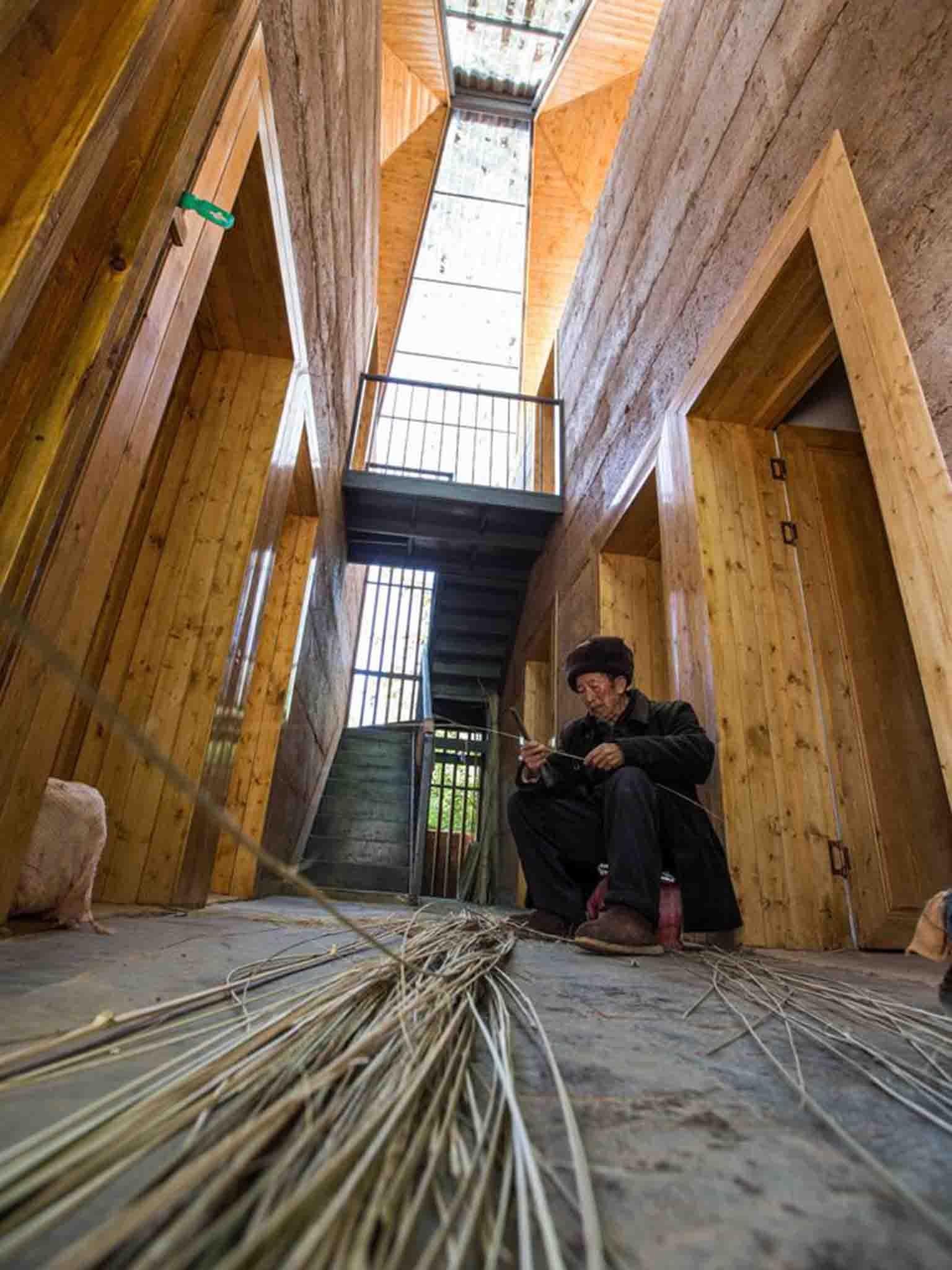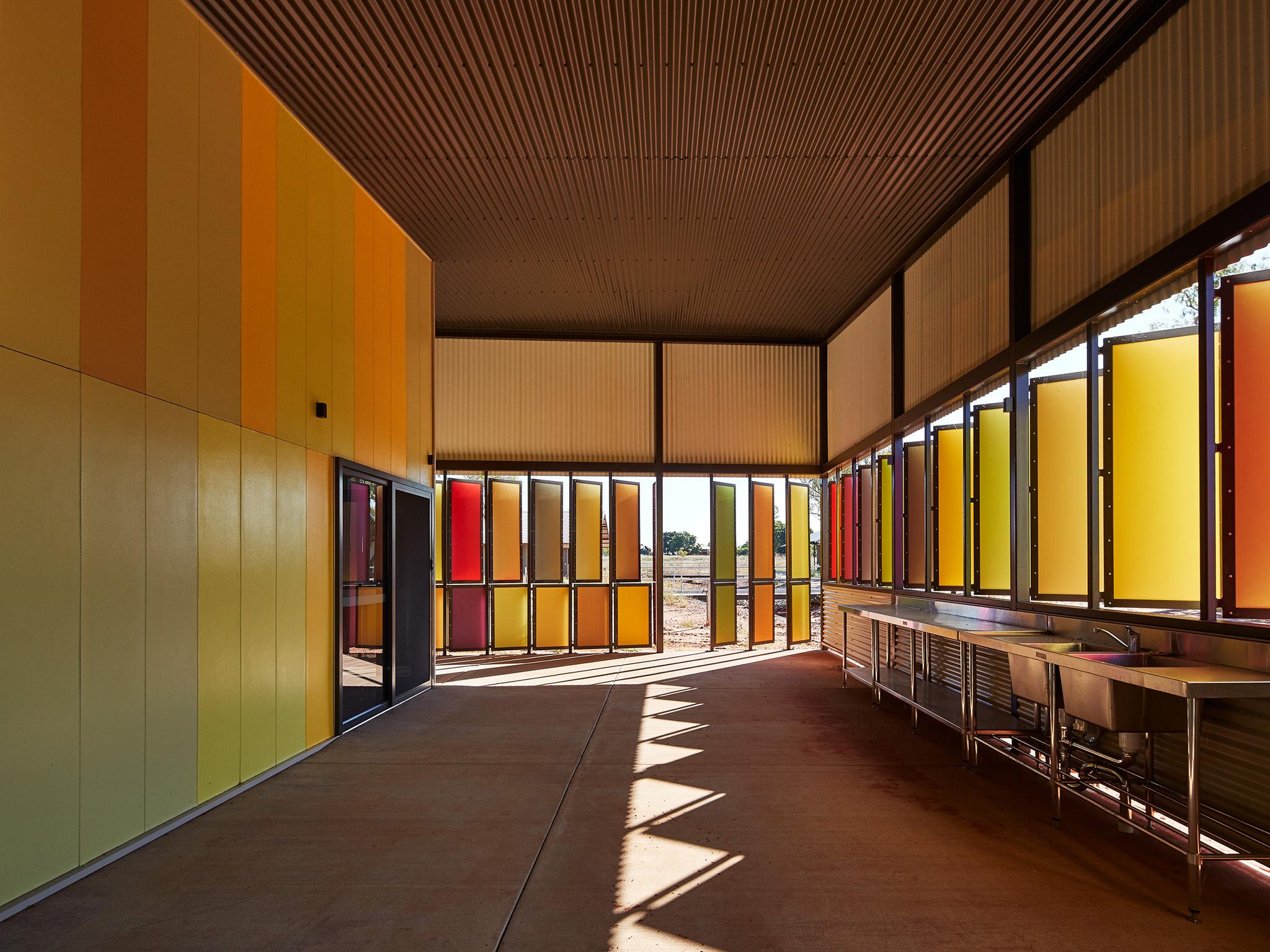World Building of the Year 2017: Post-earthquake house in Chinese Village awarded top prize
Award organisers said the building was 'a demonstration that architecture is just as relevant in the poorest of communities as it is in the richest'

Your support helps us to tell the story
From reproductive rights to climate change to Big Tech, The Independent is on the ground when the story is developing. Whether it's investigating the financials of Elon Musk's pro-Trump PAC or producing our latest documentary, 'The A Word', which shines a light on the American women fighting for reproductive rights, we know how important it is to parse out the facts from the messaging.
At such a critical moment in US history, we need reporters on the ground. Your donation allows us to keep sending journalists to speak to both sides of the story.
The Independent is trusted by Americans across the entire political spectrum. And unlike many other quality news outlets, we choose not to lock Americans out of our reporting and analysis with paywalls. We believe quality journalism should be available to everyone, paid for by those who can afford it.
Your support makes all the difference.“Architects must work to improve and sometimes to save life,” declares a proud Professor Edward Ng from the Chinese University of Hong Kong, whose faculty project, a post-earthquake house in Guangming Village, won the World Building of the Year award at the World Architecture Festival (WAF) in Berlin last month.
The Ludian earthquake in 2014 destroyed most of the local buildings in Guangming. The project attempted to reinvent the traditional building technology of the area, providing villagers with a comfortable, sustainable reconstruction strategy that they could afford – and pass on to their children. A prototype house was built for an elderly couple to test out the design.
“The old lady had given up hope” Professor Ng told The Independent, “now she is the proudest villager of her community!”
The simple, traditional house, designed to be affordable and safe, is the 10th project to be awarded with the prize, joining the likes of the National Museum of Szczecin in Poland, the Interlace building complex by renowned architects Buro Ole Scheeren in Singapore and the Chapel by a21 studio in Vietnam.
The prize being awarded to the post-earthquake house reiterates the importance of using architecture as a way to restore dignity to communities.
Judges declared the project to be extraordinary in the scope of ambition, exemplified in the way it addresses ”the profound problems facing ordinary people” and the use of traditional material and construction methods combined with new technology. WAF programme director Paul Dinch said: ”This building is a demonstration that architecture is just as relevant in the poorest communities as it is in the richest.
“The architects have succeeded in translating ‘four walls and a roof’ into something which, through architectural commitment becomes a project that is more profound.”

Experts believe that the research by the Chinese University of Hong Kong could be re-applied to anywhere affected by seismic problems, as well as impoverished communities.
This wasn’t the only project awarded at the festival that’s primary role was helping communities instead of just being aesthetically pleasing. The Best Use of Colour award went to Iredale Pedersen Hook Architects for the Fitzroy Crossing Renal Hostel in Australia. The building is in place to provide long-term accommodation to Aboriginal people, from outlying communities, receiving renal dialysis.
The centre is designed specifically to support the needs of the residents, who vary from self-sufficient and independent to requiring full-time care. The building has been created to be healing, with colour drawn from both the local environment and indigenous communities to ensure those using the hostel feel at home.

The design itself is beautiful – with light filtered through coloured screens that run along the side of the structure. The WAF judges praised the practice for creating “a design that uses holistically integrated colour relative to the landscape and the local community. The project’s main function is healing, and the use of colour creates an emotional context that is deeply supportive and nurturing”.
The architecture of Fitzroy Crossing facilitates a safe environment for occupants to wander and gather with family, friends and the community.
Visit the World Architecture Festival website for more information on the winners
Join our commenting forum
Join thought-provoking conversations, follow other Independent readers and see their replies
Comments